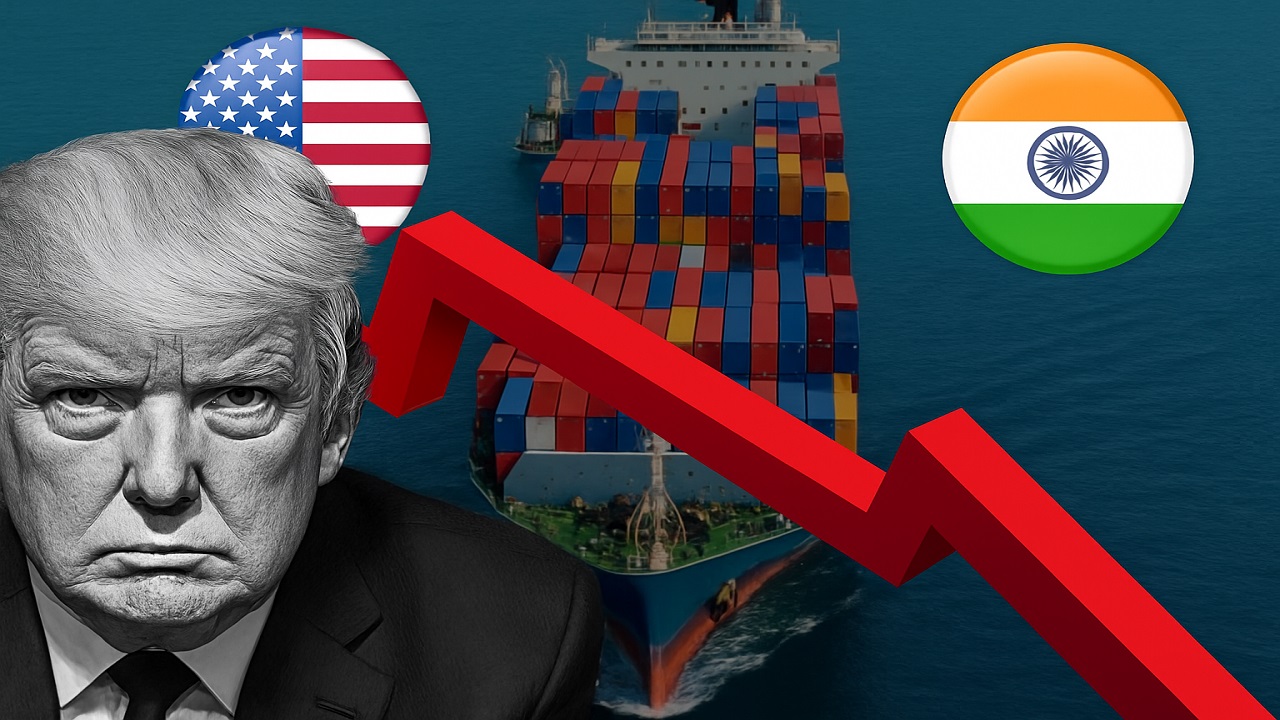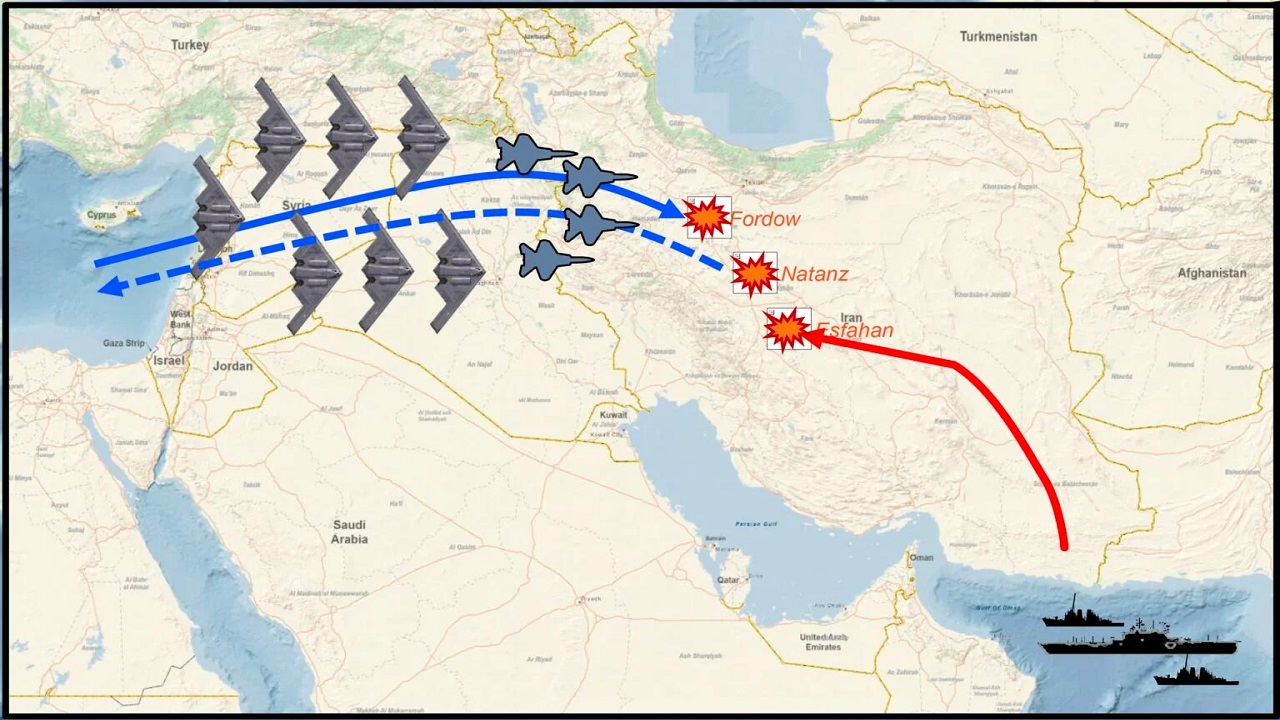US Tariffs on Indian Imports : Trade Pressure or Geopolitical Move?
Context
The United States has imposed an additional 25% tariff on Indian imports, officially citing India’s purchases of Russian energy. This raises the overall tariff to 50% — the highest for any country. India has condemned the action as “unfair, unjustified, and unreasonable.” Experts estimate the move could lower India’s GDP growth by over 0.5 percentage points annually, making it a significant trade and diplomatic challenge.
Introduction
The imposition of higher tariffs is part of a broader US strategy under Donald Trump to pressure India into a trade framework that reduces the US–India trade deficit. While presented as a response to Russian energy imports, the underlying intent appears to be securing a US-favourable trade deal and reshaping trade relations towards what is termed balanced trade.
Reasons for the US Tariffs on India
-
Officially linked to India’s energy imports from Russia.
-
Long-standing US perception of India as a protectionist economy with high trade and non-trade barriers.
-
The US trade deficit with India, as India exports more than it imports from the US.
-
Trump’s goal of balanced trade rather than free trade, aiming for a zero trade deficit even though such equilibrium rarely occurs naturally.
-
Desire to pressure India into opening its domestic market for greater US export penetration.
Mechanism of Tariffs in Reducing Trade Deficit
-
A tariff acts as a tax on imported goods, making them costlier for domestic consumers.
-
A 50% tariff makes Indian goods significantly more expensive in the US, reducing demand.
-
US buyers may switch to cheaper imports from other countries or reduce consumption altogether.
-
Declining Indian imports into the US, while US exports to India remain steady, narrows the trade deficit.
Tariffs as a Negotiating Tool
-
Intended to compel India to open domestic markets for US goods.
-
Encouragement of Indian purchases of US products, including defence equipment and crude oil, directly helping to reduce the trade deficit.
Impact on India’s Economy and Employment
-
Tariffs disrupt supply chains, affecting companies and workers more than governments.
-
Labour-intensive sectors such as textiles, carpets, food products face risk of losing contracts to untariffed competitors, causing job losses.
-
The employment impact is expected to be more severe than the overall GDP decline.
Economic Exposure
-
Only 20% of India’s goods exports (around 2% of GDP) go to the US, limiting the overall macroeconomic impact.
-
However, certain sectors — especially gems and jewellery, textiles, apparel, chemicals — are disproportionately dependent on US markets, with $8 billion in exports at risk.
-
Less affected sectors include IT services and pharmaceuticals, while excluded goods are steel, aluminium, semiconductors, and Apple’s large-scale manufacturing.
Why Retaliatory Tariffs May Backfire
-
Higher tariffs on US imports would raise costs for Indian consumers.
-
Could reduce US exports to India, potentially widening the trade deficit and triggering further US tariff action.
India’s Strategic Response
Short-term:
-
Engage in trade negotiations to limit losses.
Long-term:
-
Undertake structural reforms in manufacturing, skill development, infrastructure, and logistics.
-
Improve ease of doing business and introduce tax incentives.
-
Formulate a national human resource policy and utilise India’s young demographic advantage.
Conclusion
The US tariff hike reflects a blend of geopolitical pressure and economic strategy aimed at altering India’s trade behaviour. While the direct macroeconomic hit may be contained, certain export sectors face disproportionate risks. A balanced response combining diplomatic engagement with domestic economic strengthening will be essential for safeguarding India’s trade interests and preventing long-term dependence or vulnerability.

.jpg)
.png)

Comments (0)